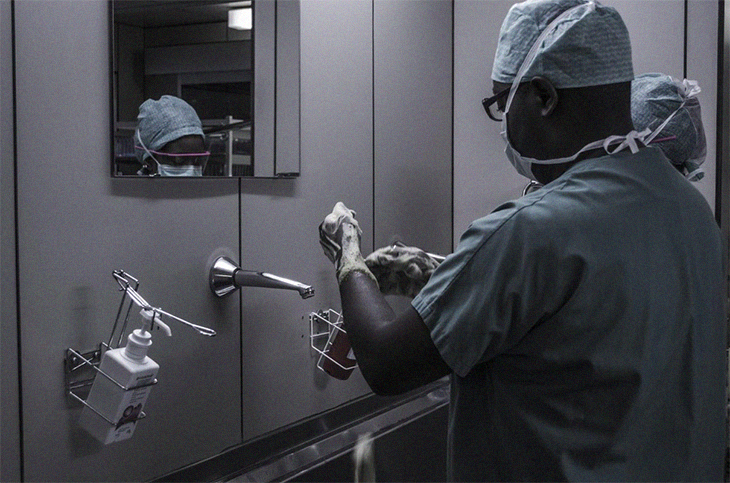
Hospitals provide a vast range of services such as emergency care, surgeries, and diagnostic testing. These are performed by healthcare providers such as doctors and nurses with the utmost professionalism as they are accountable to their patients’ lives. But what if these practitioners commit a mistake? Malpractice or negligence typically involves a medical error.
These errors are common in the diagnosis, medication dosage, health management, treatment, or aftercare. It is an act done by a physician or any medical surgeon during the treatment of their patients that diverges from the accepted norms of the medical industry, which causes an injury to the patient. In the United States of America, medical malpractice lawsuits are typical and often expected. According to a report by the Medical Malpractice Center, there are around 15,000 and 19,000 medical malpractice suits against doctors every year. A study by John Hopkins supports the information as 250,000 people in the United States alone dies due to the negligence of a medical practitioner.
What do you do when you suffer due to medical negligence? Lawsuits in medical malpractice require much understanding of its scope and basis. This is where you will need a lawyer that focuses on medical malpractices. If you happen to be around Philadelphia, you may visit law firms experienced and equipped in medical malpractice Philadelphia to help you with your case.
Medical malpractice is a specific subset of tort law that deals with professional negligence. There are several cases of medical negligence, some of which are vague to understand without the guidance of a law practitioner. In this sense, one cannot simply claim without fully understanding its basis and how to prove the claim of medical negligence. This is where you will need a lawyer that focuses on medical malpractices.
What are the legal elements of medical malpractice?
Four legal elements must be proved to make a successful claim alleging medical malpractice. These elements include:
1. Professional duty owed to the patient.
Duty is when there is a professional relationship between the patient and the medical practitioner. It is created when the patient engages in the services rendered by the medical practitioner, and the medical practitioner agrees to provide healthcare to the patient.
2. Breach of duty.
In medical malpractices, a breach is defined as a violation of the standard of care expected from the medical practitioners.
3. Injury caused by the breach.
This is the direct result or effect of the violation of the medical practitioner.
4. Resulting in damages or harm to the patient.
Medical malpractice is said to cause physical, emotional, and financial damage to anyone who experienced it.
What are the types of malpractice that can lead to a lawsuit?
Examples of error may include:
-Failure to diagnose or misdiagnosis.
It is an error where a doctor fails to diagnose or detect a patient’s existing medical condition properly.
-Unnecessary or incorrect surgery.
This is any surgical intervention that lacks consent from the patient or is not needed to complete a medical operation.
-Wrong medication or prescribing the wrong dosage.
This happens when a healthcare provider under prescribed or over prescribes a medication dose that may lead to more severe ailments for the patient.
-Premature discharge and patient abandonment
When a doctor discharges or sends a patient home before it’s safe to do so, one can be a basis of medical malpractice.
Other cases such as causing fatal injuries to a patient, not following up, or leaving surgical equipment inside a patient’s body after surgery may be considered medical malpractice.









































